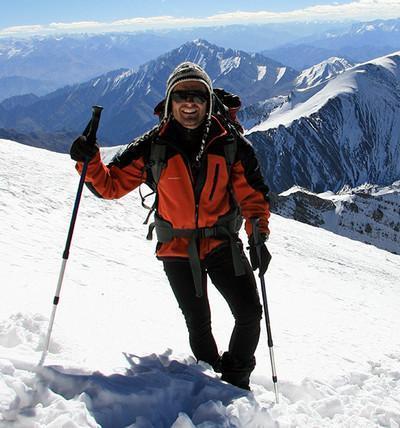When you buy a new snowboard, you might be wondering: Should you detune it? And if so, which parts of the board should be detuned? Read on for some advice, find more about it in article about board sharpening. Detuning a new snowboard is a good idea if you want to make it more responsive.
Is It Necessary to Detune a New Snowboard?
First off, it is important to sharpen the edges of your snowboard. This can be done using a file guide. This tool will make it easier to keep the edge at the same angle each time you sharpen it. Most file guides will also have an angle indicator to make it easy to determine which degree you should be filing the edge of your board. Make sure that you only file the edge in one direction, as this will make your tools last longer.
The edges of a snowboard take a lot of abuse when you ride it, and this can cause them to develop burrs and tiny dents. These can rip your clothing when you carry your board, and they will also have a negative effect on your performance on the mountain. Additionally, a board with burred edges is likely to get caught in rails.
A tune-up can also prevent your snowboard from drying out. In addition to sharpening the edges, tuning your snowboard can also protect it from scratches caused by rocks and debris. Proper tuning will prolong its life and make your snowboarding experience more enjoyable. You should always store your snowboard in a dry and cool place after use.
Once your snowboard has been tuned, you can then start waxing it. Waxing the board is a simple process that you can do at home. However, if you don't have a waxing machine, you can always contact a snowboard repair shop. You can also wax board with regular iron.
A tune-up is a quick and inexpensive way to make sure that your board rides well. It's important to choose a shop you can trust if you want to have your board tuned. A tuned edge will be easier to hold an edge during a turn, while a de-tuned one will give a more surfy feel.
The most important reason to tune your board is that you don't want the edges to get nicked up. If your edges are sharp, it will be a lot more difficult to turn your board. You should start by using a metal file to dull the edges. Rubbed at an angle diagonal to the edge and the board, the metal file will soften the edges.
Which Parts of the Board Should Be Detuned?
When it comes to tuning a new snowboard, you will need to focus on the edges of the board. This is because these are the parts that come into contact with the snow the most. Tuning them will help you avoid any unexpected edge catches and give you a more secure feeling as you ride. It will also help prevent any bad falls.
The first step is to set the board on its side, with the base facing away. Take your fingernail and run it along the board to check for sharp edges. If it is too sharp, use a regular file to round the edges and smooth them out. You should only need a couple passes before you have the desired edge. Once this is done, it is time to wax the board. Remember to use a dry rag afterward to remove any ground-up rust. You can prevent rust on edges.
The edges of a new snowboard should be tuned to ensure that they remain sharp. This is important because the edges take a lot of punishment while you're riding. When they become dull, they may begin to catch on things, including rocks, park riding, and road chemicals. This can reduce the board's performance on the snow. If you're unsure whether your new board needs tuning, visit a qualified snowboard shop. These shops can tune the edges to the specifications you need, so they'll make them perform at their best.
Once you've done this, you can de-tune the edges on the bottom, which makes the board feel smoother. The edges under the bindings should also be de-tuned. You can do this yourself at home, or find a reputable snowboard shop that can do it for you. If you're not sure of how to tune the edges of your board, you can use a sharp nail to test their sharpness.
You can also de-tune the edges with a de-tuning tool. This tool removes the burrs and gives the edge a sharp edge. A sharp edge provides more 'grip' on groomed snow or hardpack, but can also be less rail-friendly. Factory edges are usually 90 degrees. This angle gives maximum response, but many riders prefer to have their edges sharper.





